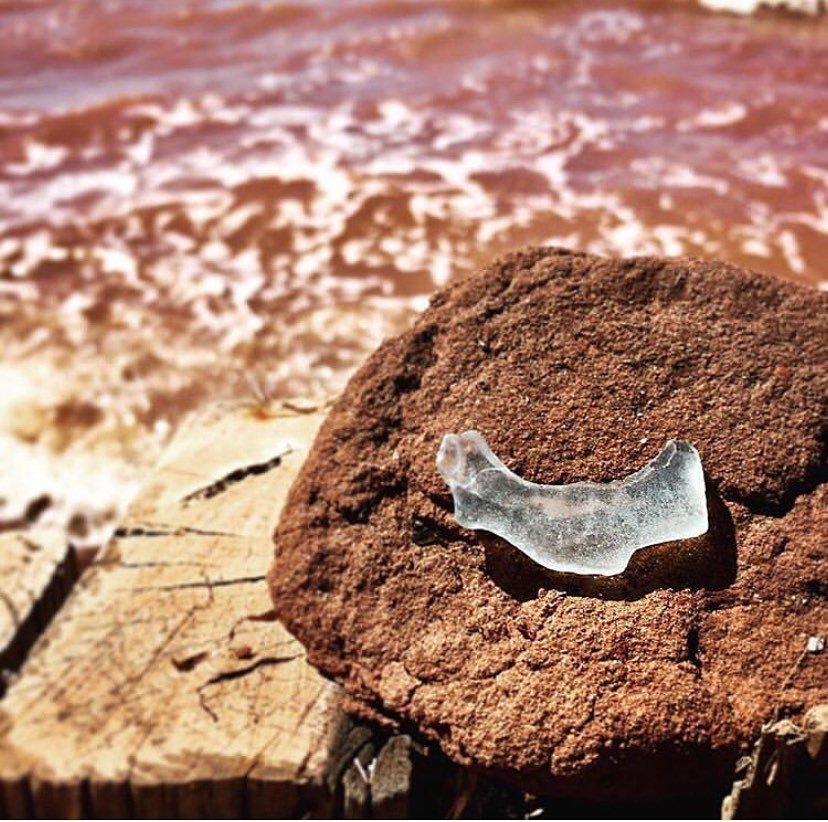Prince Edward Island is famous for its colourful beaches and its unique treasures to be found. What makes our fifty phenomenal beaches so colourful? It’s true, our beaches range from alabaster as Anne’s brow to red as her pigtails. But if you look closer, there’s a rainbow of treasure to be discovered along our shores as well. With a keen eye, you’re likely to find sea glass: soft, glistening fragments of history sometimes centuries old!
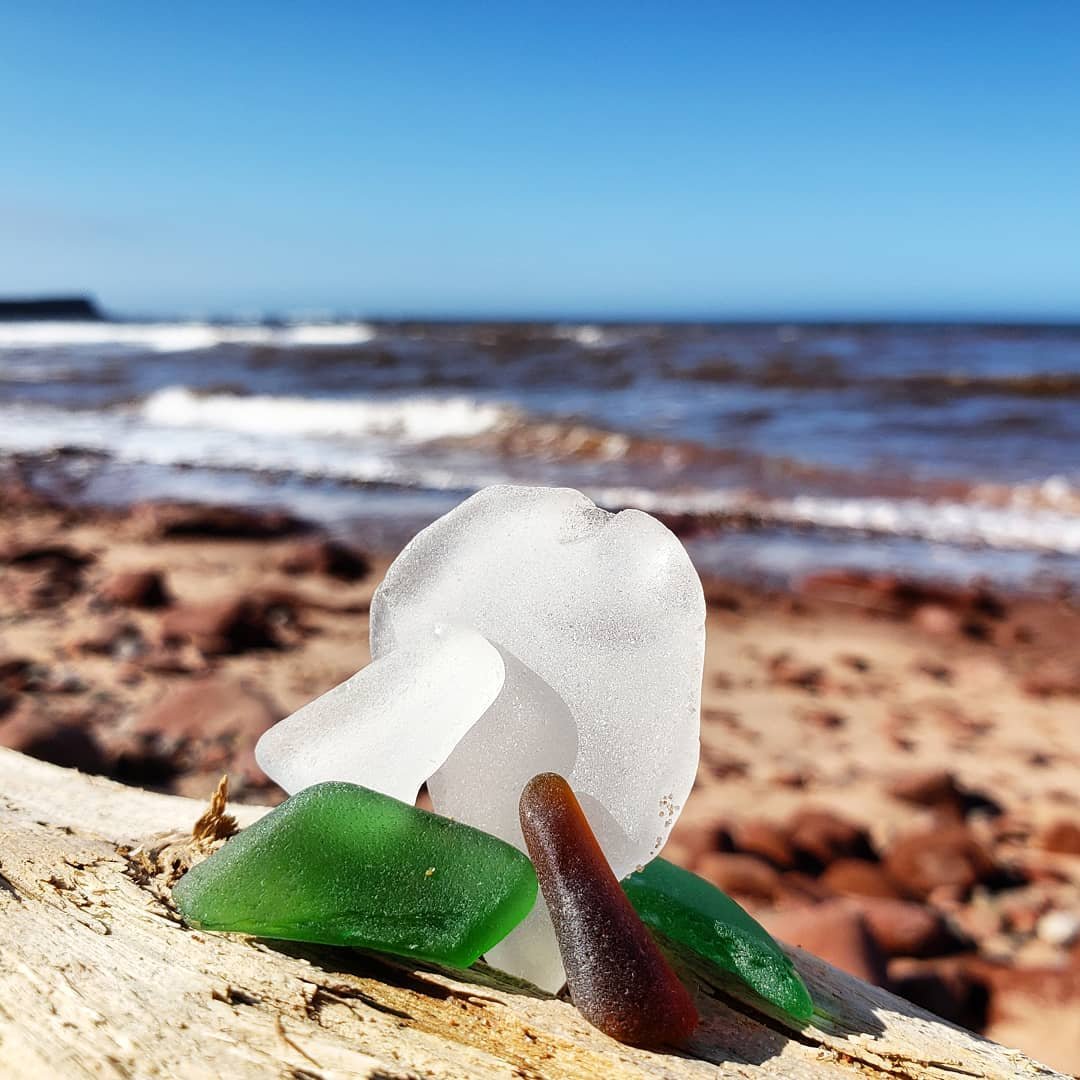
WHAT MAKES PRINCE EDWARD ISLAND BEACHES RED?
You read it right! Some of our beaches are porcelain, some rose-petal, some scarlet, all because of iron! Prince Edward Island is made of sandstone, a unique soft rock high in iron (rust) content. When our rocky, red cliffs gradually erode, the iron blends into the white sand like paint on a palette.
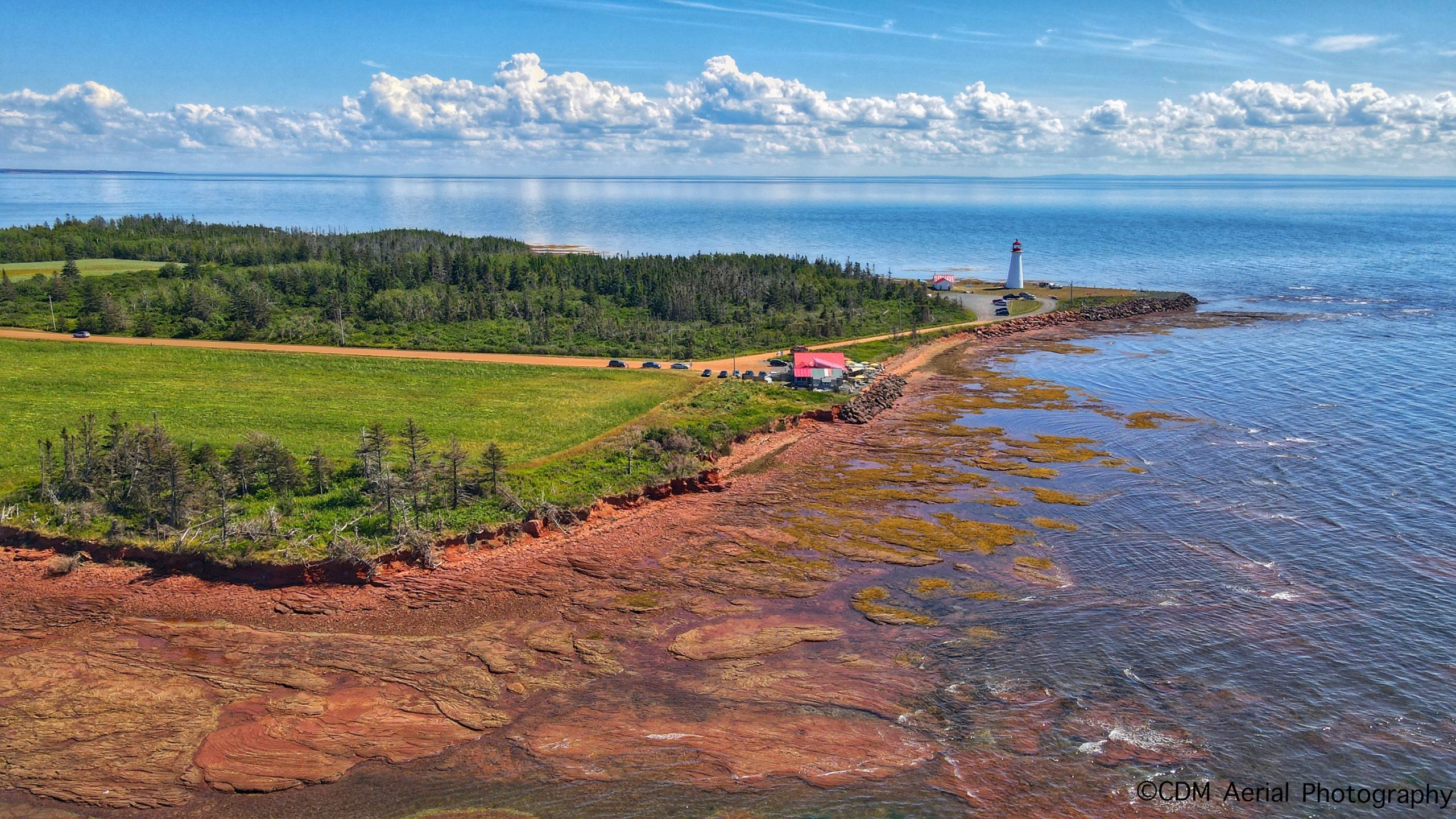
Then why are some of our beaches white, like PEI National Parks’ Greenwich Beach? The ocean acts as a running tap, rinsing the paintbrush clean. The stronger the waves on the beach, the more likely the iron-oxide is to be washed away! While Greenwich and Basin Head Provincial Park are classically white beaches, if you head to Point Prim Lighthouse Beach or Tea Hill Park and Beach you’ll find they’re ruddier than your uncle’s nose!
Red earth isn’t the only thing unique about our shoreline. Did you know some of our beaches sing? It’s true! At Basin Head, if you kick your feet in our sand you’ll hear ‘squeaking,’ or a little song! This is why Basin Head is often called Singing Sands.
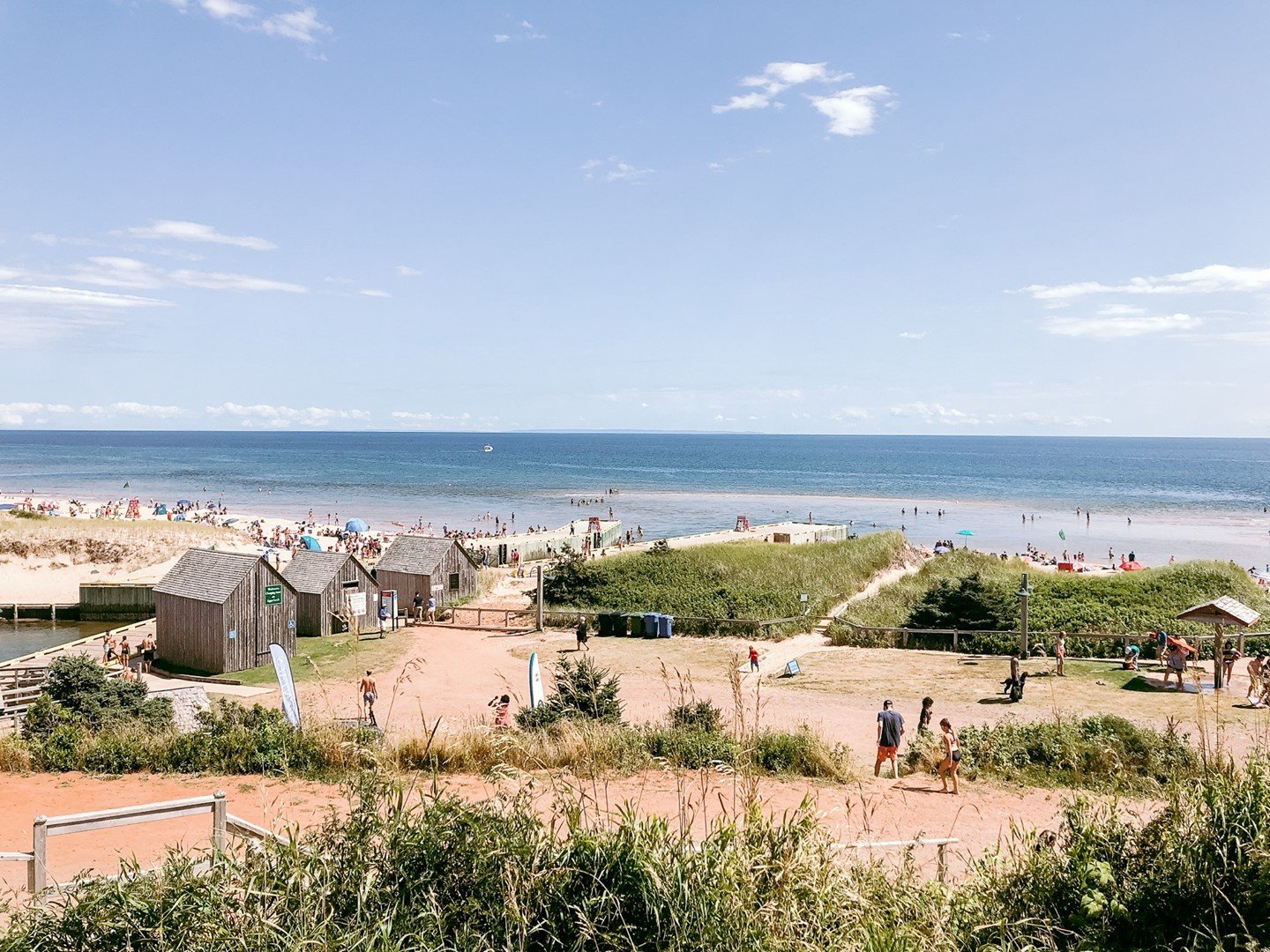
WHAT IS SEA GLASS?
Sea glass (also known as beach glass, sand glass, or mermaids’ tears) is man-made glass that gets worn by the waves until it is soft! “Broken glass requires three things to transform into seaglass,” says Teri Hall of Fortune, author of A Seaglass Journey. “Time, constant tumbling upon a gravelly shoreline, and long-term hydration.”
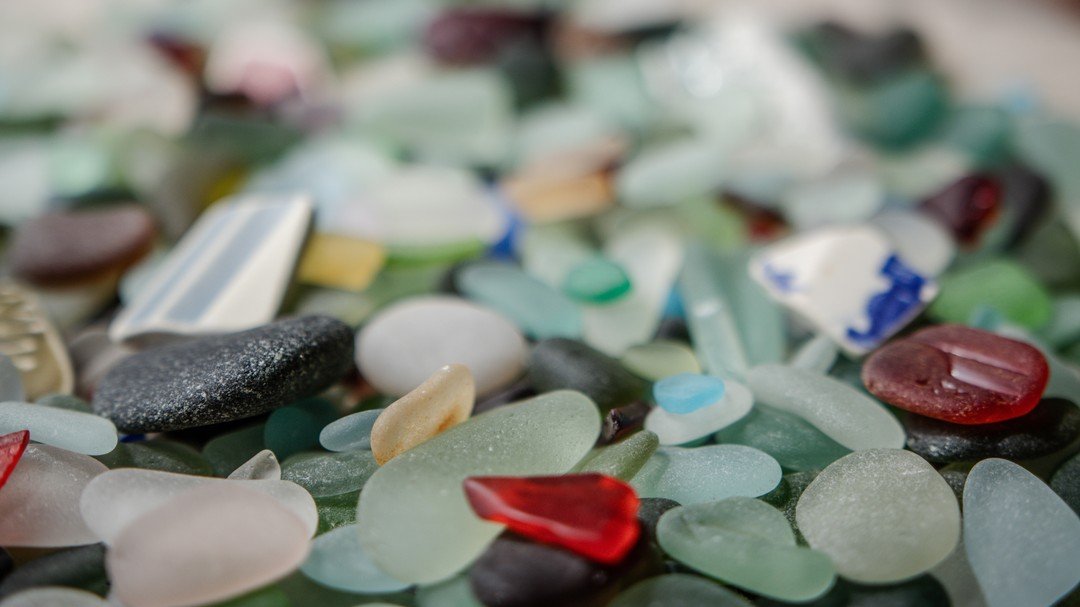
WHERE DOES SEA GLASS COME FROM?
Sea glass comes “from human hands,” Teri says. Seaside villages, and “with a bit of imagination, ships passing in the night” would discard glass bottles, jars, and containers near the shoreline. Luckily, people are a little more environmentally friendly now, which makes the sea glass we do find even more rare. Teri says her rarest find was an aqua piece “with a tiny fish captured inside!”
Depending on the colour and density of the glass discovered, what you find on our shores could be centuries old! Kelly green, brown, and white are the most common colours you’ll find. “Extremely rare colours are orange, yellow, purple, red, turquoise, pink,” Teri says, as these were likely tableware. “These colours were expensive to make and were not used to mass-produce bottles.”
Black is another rare colour. Patricia McLean of Souris, owner of the PEI Seaglass Store and the Seaglass Shanty in Souris, says her oldest piece is the bottom of a black bottle dating back 200 years. “It’s very heavy thick glass used in preserving the contents,” she says. “Like rum from rum running.”

Glass isn’t the only thing you’ll find on the beaches. Sea pottery is a common discovery as well. “Many have distinct patterns and colors which help to identify their age and origins,” says Teri.
Patricia says her best find, and her “jump up and down moment,” was when she found a naval burial cross, the lower part of a crucifix. She took a quick picture before she blessed it and buried it back at deep sea, “where it belonged.”
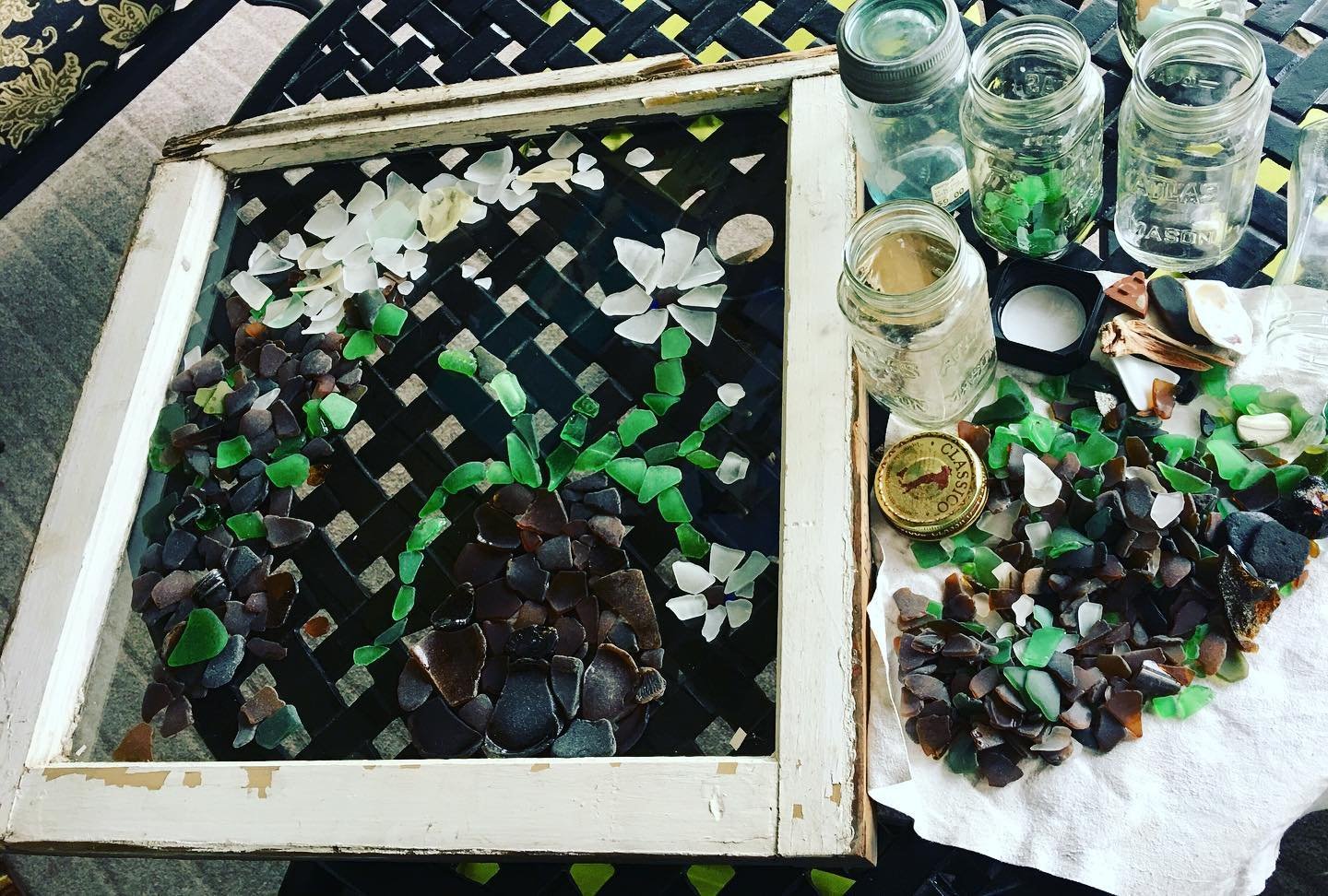
WHAT DO PEOPLE DO WITH SEA GLASS?
There are many creative ways to keep your sea glass treasure once you’ve collected it. Veteran beachcombers like to keep large jars of sea glass to decorate their homes. Those with a unique find might be inclined to take it to a jeweler, like Peter Llewellyn at Shoreline Design in Georgetown. (His favourite piece? “I have a black sea glass bracelet and pendant set that is my ‘current’ favorite.”) As well as creating their own sea glass jewelry, Teri and Patricia both make custom pieces as well.
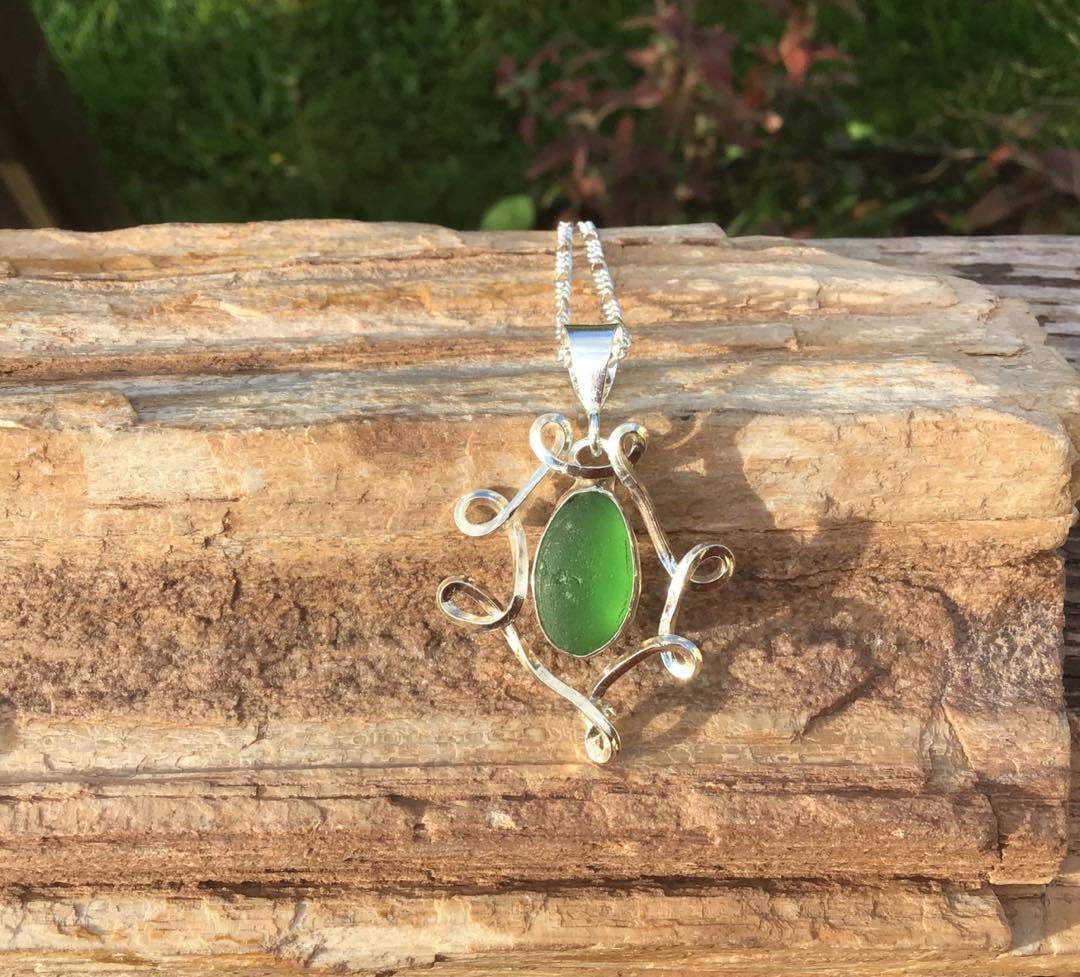
Some artists use sea glass to decorate canvases. Others, like Teri’s daughter Carly Boertien, use sea glass as a model!
WHERE CAN YOU FIND SEA GLASS?
While many keep their best beachcombing a secret, there are a few classic beaches for seaglass. The Souris Beach, Panmure Island, Guernsey Cove, and Wood Islands are all popular destinations for seaglass searchers (as well as having parks, shops, and activities to keep everyone entertained!)
The best time of day to look for sea glass, Teri writes in A Seaglass Journey, is two hours before or after low tide. “Walking on the high-tide mark, along the water’s edge, or both; sitting in an area with piles of stones, gravel and shifting through the debris; going alone or with friends.”
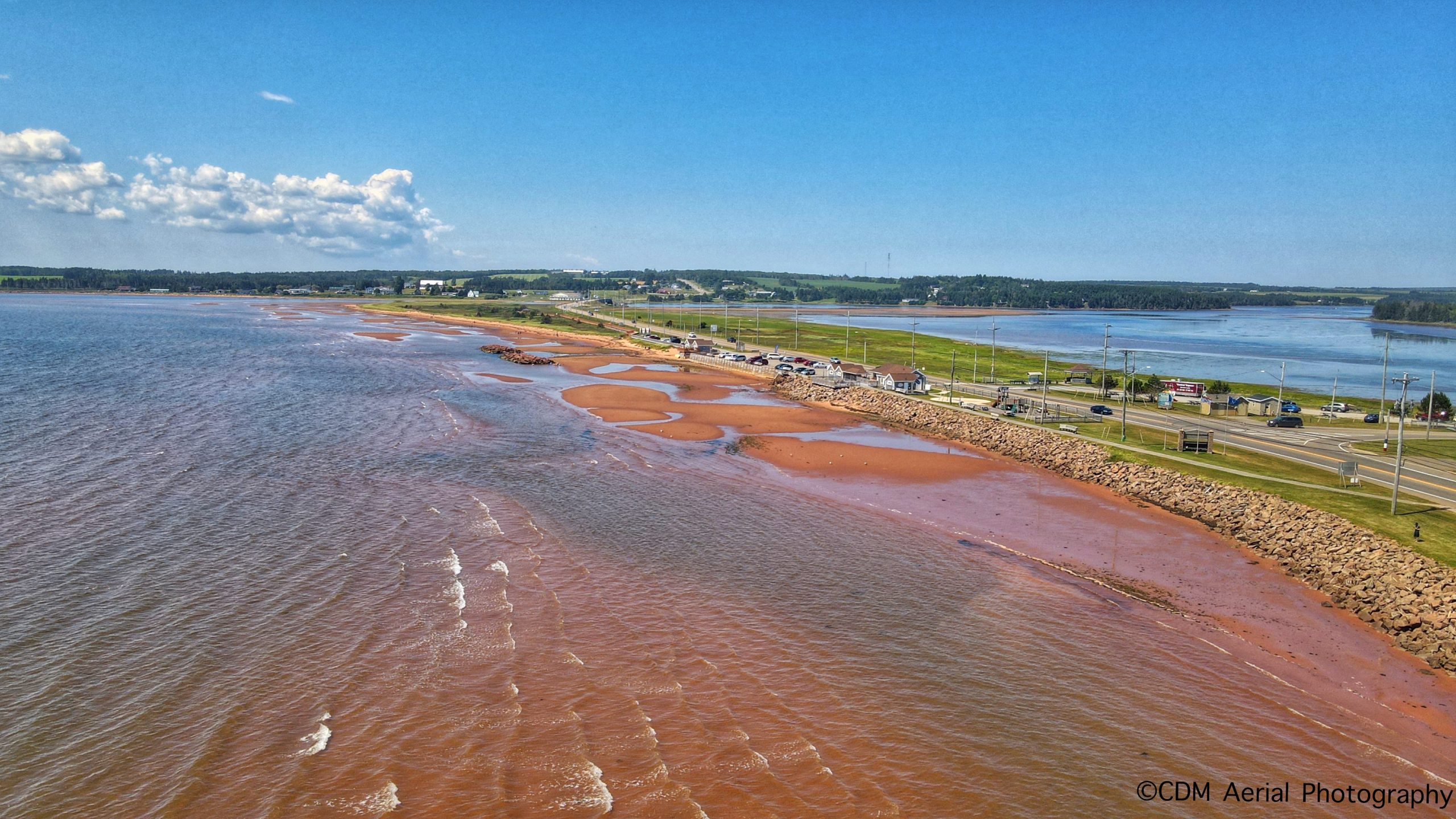
If you’d like to learn more, both Wood Islands Lighthouse Museum and Souris Historic Lighthouse have displays dedicated to the history of sea glass! There’s even a sea glass festival! Held online this year, the Mermaid Tears Seaglass Festival usually runs in Souris. You can also pick up Teri’s book, available at Artisans on Main Souris and the Inn at Bay Fortune.
Once you’ve combed for sea glass along our beautiful beaches, it’s up to you what you do with it! Whether it’s to use for a craft day with the kids, commission a beautiful necklace, or keep in your wallet to remember on a rainy day. Once you’ve found some sea glass yourself, don’t forget to pose next to Lindsey Ross Fine Art’s sea glass wings, or to get one of Patrick Guindon’s Official Sea Glass stickers from Artisans on Main Souris.

